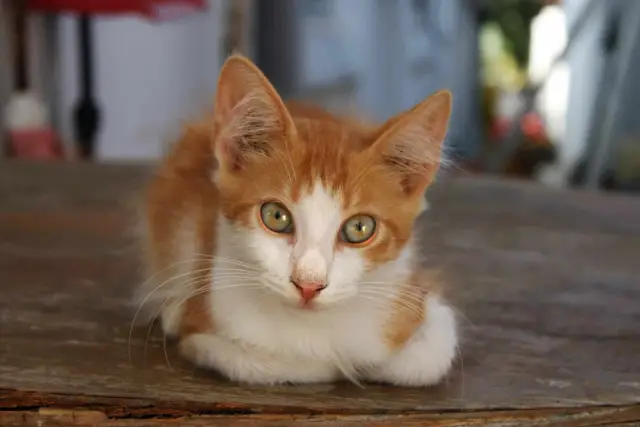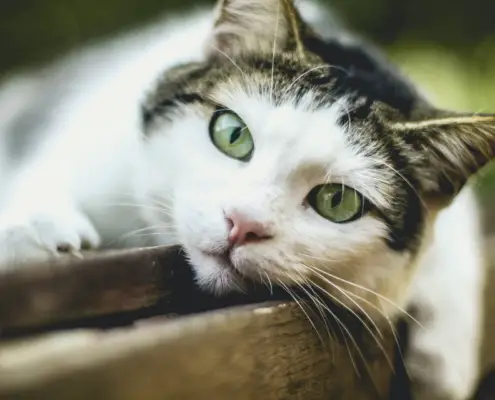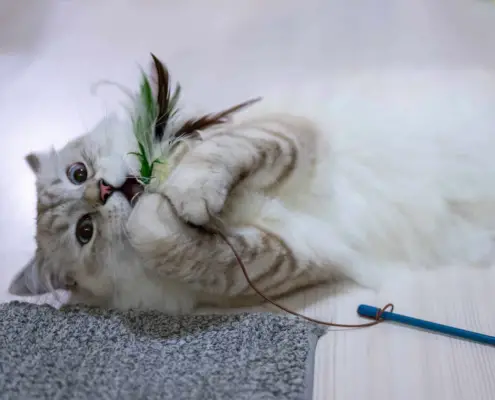
Caring for a pet is a significant responsibility that should not be taken lightly. When it comes to cats, many people wonder whether they are low maintenance or high maintenance pets. Decoding the level of care required for cats can help potential owners make an informed decision about whether a feline companion is the right choice for them. This article aims to delve into the factors that determine whether cats are low or high maintenance, debunk common misconceptions about cat care, and provide tips for effectively managing and maintaining a cat’s well-being.
Factors to Consider When Determining if Cats are Low or High Maintenance
Determining whether cats are low or high maintenance depends on several factors. One of the primary considerations is the cat’s breed. Some cat breeds are naturally more independent and require less attention and grooming, making them low maintenance. On the other hand, certain breeds are more high maintenance, demanding regular grooming and more social interaction.
Another factor to consider is the cat’s age. Kittens are generally more energetic and in need of constant supervision and playtime, making them higher maintenance. Adult cats, especially those who have been properly trained and socialized, tend to be more self-sufficient and can adapt well to a low maintenance lifestyle.
The living environment is also crucial. Indoor cats, for example, may require more mental stimulation and interactive toys to keep them entertained. Conversely, outdoor cats might require more monitoring and protection from potential hazards such as traffic or other animals.
Low Maintenance Aspects of Owning a Cat
Cats are often considered low maintenance pets due to their independent nature and self-grooming habits. One of the advantages of owning a cat is that they are generally meticulous about keeping themselves clean. Cats spend a significant amount of time grooming themselves, which reduces the need for regular bathing. Additionally, cats are usually litter trained, making it easier to maintain a clean living environment.
Another low maintenance aspect of cat ownership is their ability to entertain themselves. While cats enjoy human interaction and playtime, they are also content with independent play. Providing toys and scratching posts can keep them mentally stimulated and physically active, reducing the need for constant attention.
Furthermore, cats are generally less demanding when it comes to exercise compared to dogs. While it is essential to provide cats with opportunities for physical activity, they do not require long walks or intense exercise sessions. This makes them a suitable option for individuals with a more sedentary lifestyle.
High Maintenance Aspects of Owning a Cat
Despite their reputation for being low maintenance, there are certain high maintenance aspects to consider when owning a cat. One of the primary tasks is maintaining their coat. Long-haired breeds require regular brushing to prevent matting and hairballs. Some cats may also need regular professional grooming to keep their coats in good condition.
Another high maintenance aspect of owning a cat is their dietary needs. Cats are obligate carnivores, which means they require a diet rich in animal protein. Providing a balanced and appropriate diet, whether it be commercial cat food or a carefully planned raw diet, is essential for their overall health. Additionally, cats may have specific dietary restrictions or require prescription diets for certain health conditions, which can add to the level of maintenance required.
Furthermore, cats are social creatures and require mental and emotional stimulation. Without adequate attention and playtime, cats may develop behavioral issues or become stressed. Providing social interaction, environmental enrichment, and engaging toys are crucial to meet their psychological needs.
Tips for Maintaining a Low Maintenance Cat
If you are considering adopting a low maintenance cat, here are some tips to ensure their well-being:
- Provide a clean litter box and ensure it is regularly cleaned to maintain good hygiene.
- Offer a variety of toys and scratching posts to keep them mentally stimulated and prevent boredom.
- Provide a balanced diet that meets their nutritional needs and consult with a veterinarian for dietary advice.
- Schedule regular veterinary check-ups to monitor their health and prevent potential issues.
- Ensure they have access to fresh water at all times and provide a comfortable resting area.
By following these tips, you can help maintain a happy and healthy low maintenance cat.
Tips for Managing a High Maintenance Cat
If you have a high maintenance cat, here are some tips to effectively manage their needs:
- Establish a regular grooming routine to keep their coat in good condition and prevent matting.
- Provide interactive toys and engage in regular play sessions to fulfill their need for mental and physical stimulation.
- Consider consulting with a professional groomer to help with grooming tasks such as nail trimming or coat maintenance.
- Create a safe and enriching environment by offering scratching posts, climbing trees, and interactive puzzle toys.
- Seek advice from a veterinarian or feline behaviorist if your high maintenance cat displays excessive or concerning behaviors.
By implementing these tips, you can effectively manage the high maintenance aspects of owning a cat and ensure their well-being.
Factors That May Contribute to a Cat’s Maintenance Level
Several factors can contribute to a cat’s maintenance level, including:
- Breed: Some cat breeds naturally require more grooming, attention, or social interaction.
- Age: Kittens generally require more supervision and playtime compared to adult cats.
- Health: Cats with certain health conditions may require additional care or specialized diets.
- Living environment: Indoor cats may need more mental stimulation, while outdoor cats may require more monitoring.
Understanding these factors can help you determine the level of maintenance required for your cat and better meet their needs.
Common Misconceptions About Cat Maintenance
There are several common misconceptions about cat maintenance that should be debunked. One prevalent misconception is that cats are entirely self-sufficient and do not require any human interaction. While cats are more independent compared to other pets, they still need social interaction, mental stimulation, and physical activity to thrive.
Another misconception is that cats are low maintenance pets that do not require regular veterinary care. Cats should receive regular vaccinations, preventive care, and routine check-ups to maintain their health and detect any potential issues early on.
Deciding if a Cat is the Right Pet for You Based on Maintenance Level
When deciding if a cat is the right pet for you, it is essential to consider the maintenance level that fits your lifestyle and preferences. If you are looking for a low maintenance pet that requires minimal grooming and exercise, a cat might be a suitable choice. However, if you are willing to invest time and effort into providing regular grooming, playtime, and mental stimulation, a high maintenance cat may be a better fit.
It is crucial to assess your ability to fulfill a cat’s needs and provide the necessary care before making a decision. Researching different cat breeds, consulting with veterinarians or experienced cat owners, and spending time with cats in various settings can help you determine if a cat’s maintenance level aligns with your lifestyle.
Conclusion
Decoding whether cats are low maintenance or high maintenance pets requires an understanding of various factors that contribute to their care needs. While cats are generally considered low maintenance due to their independent nature and self-grooming habits, there are still aspects that require attention and effort. By considering factors such as breed, age, living environment, and health, potential cat owners can make an informed decision about the level of maintenance they are willing and able to provide. Whether you choose a low maintenance or high maintenance cat, it is essential to meet their physical, mental, and emotional needs to ensure a happy and healthy feline companion.
If you enjoyed my article, I would appreciate you sharing it with your network.

Sima Ndlebe
Sima writes for CatBuzz. He is interested in Cats, Health and Fitness, and Entrepreneurship.
Published: 25 March 2024




